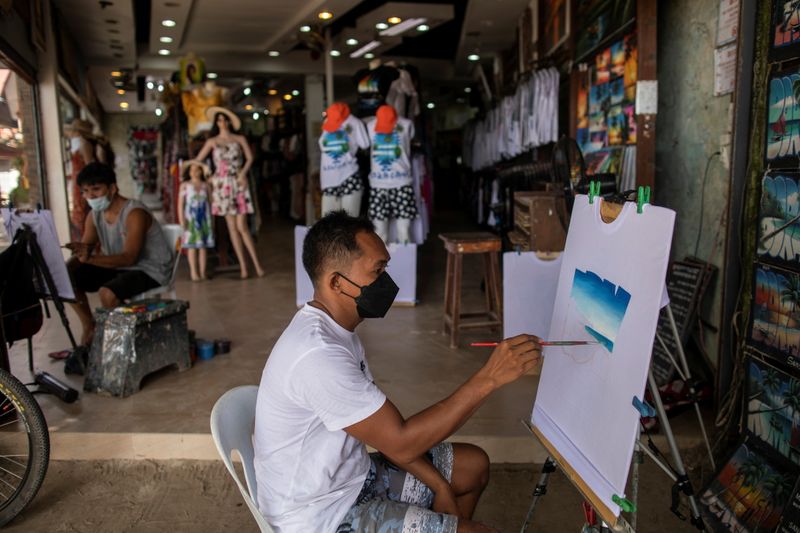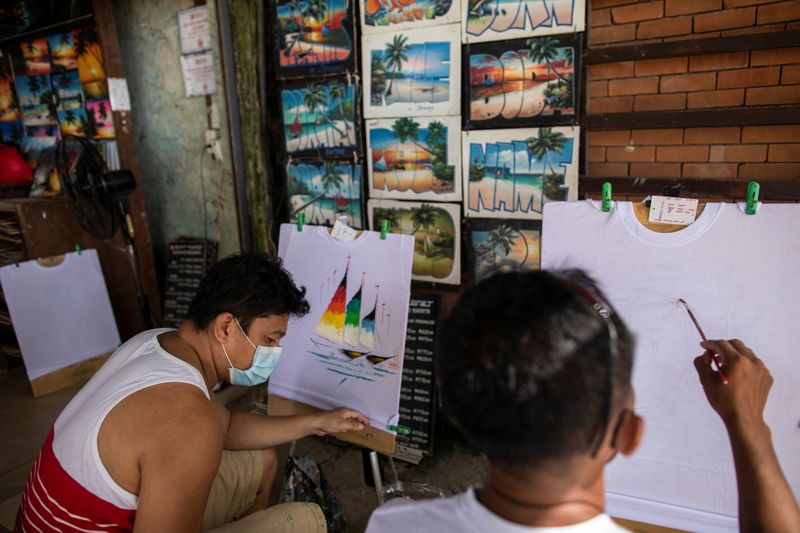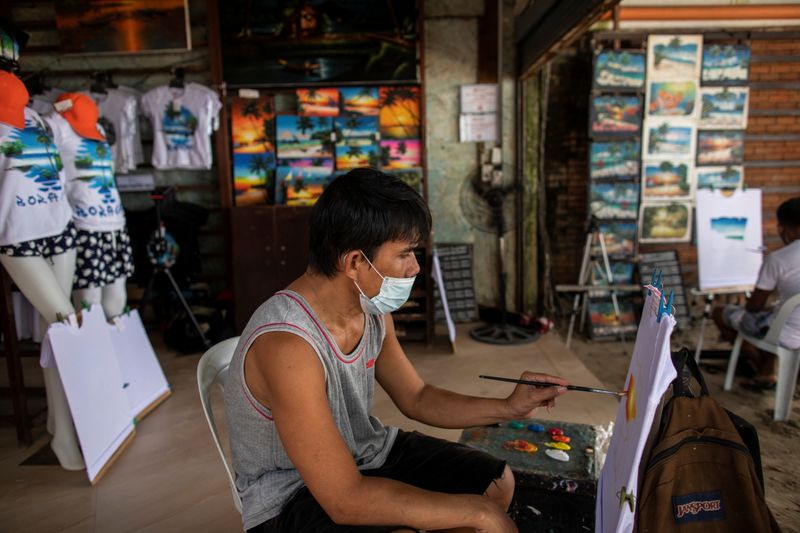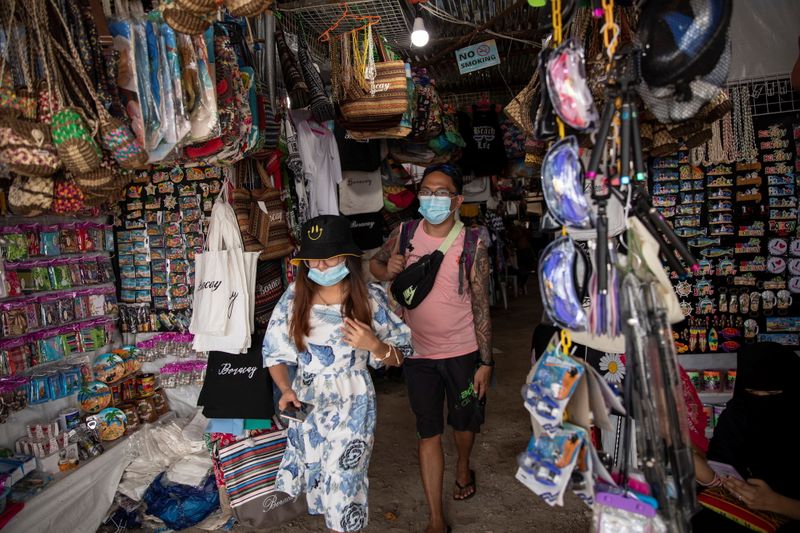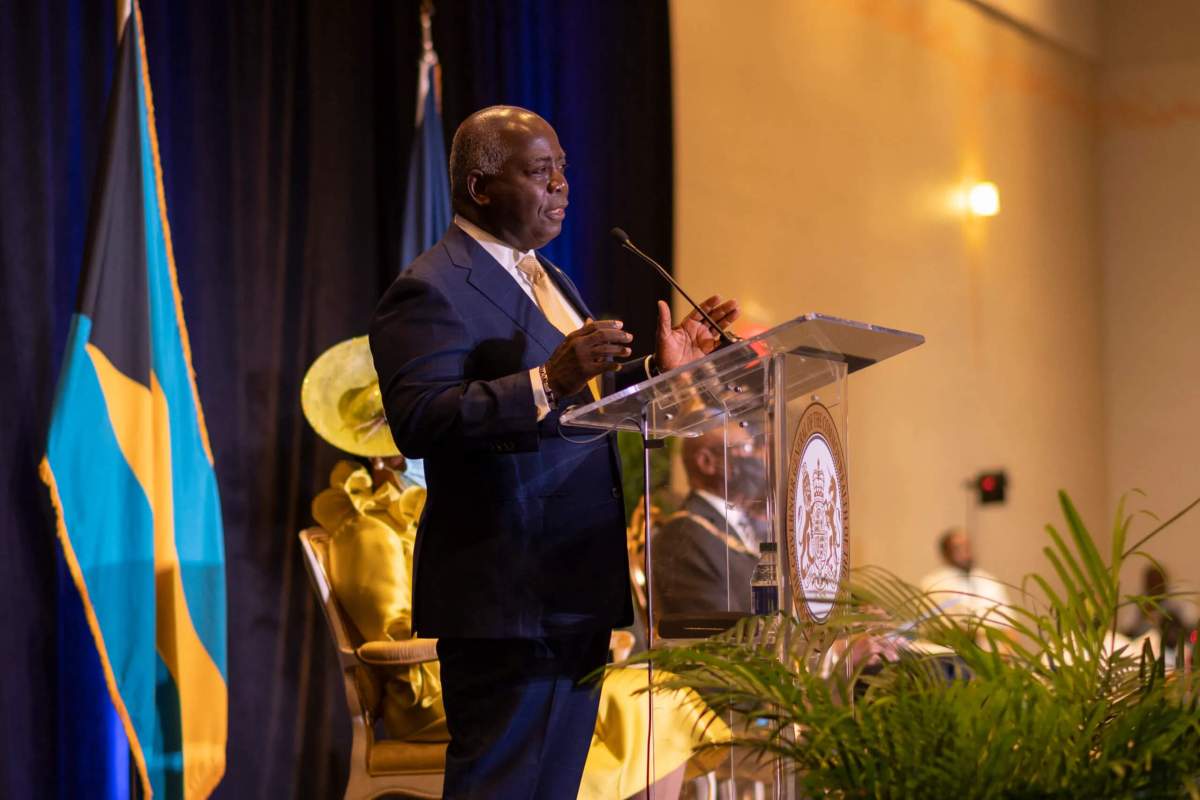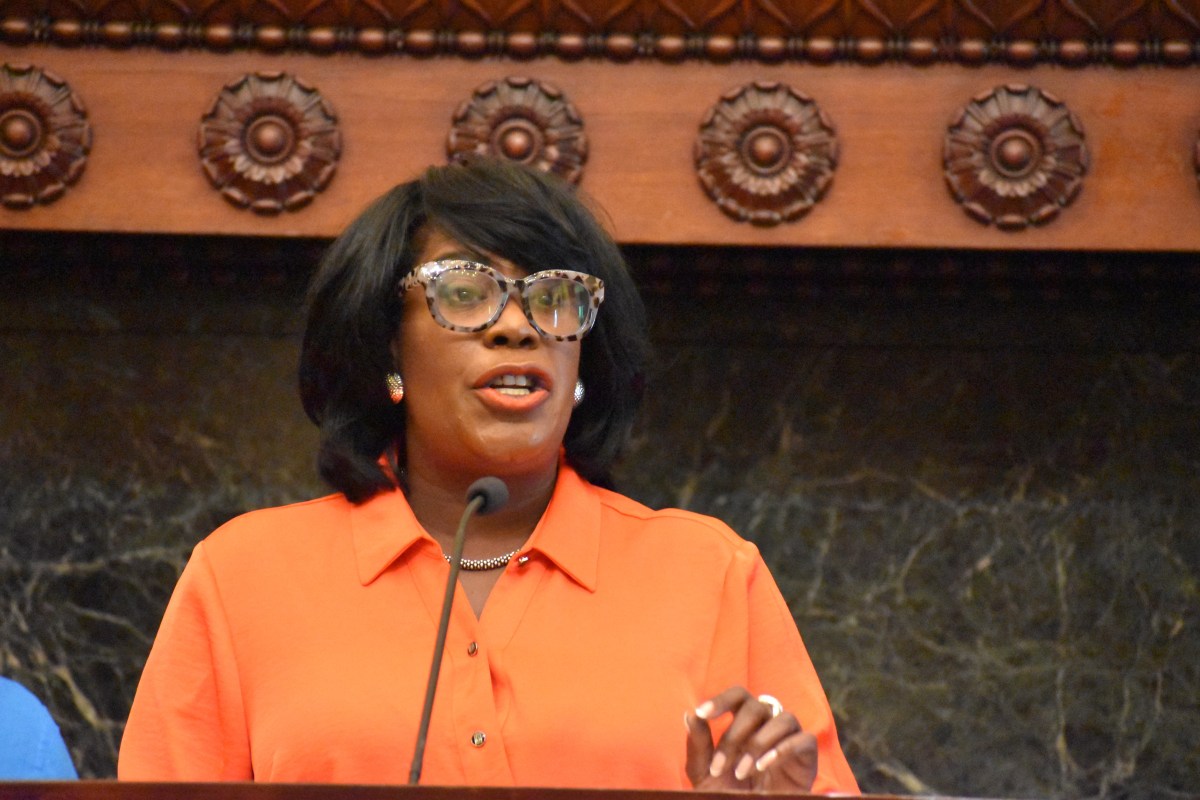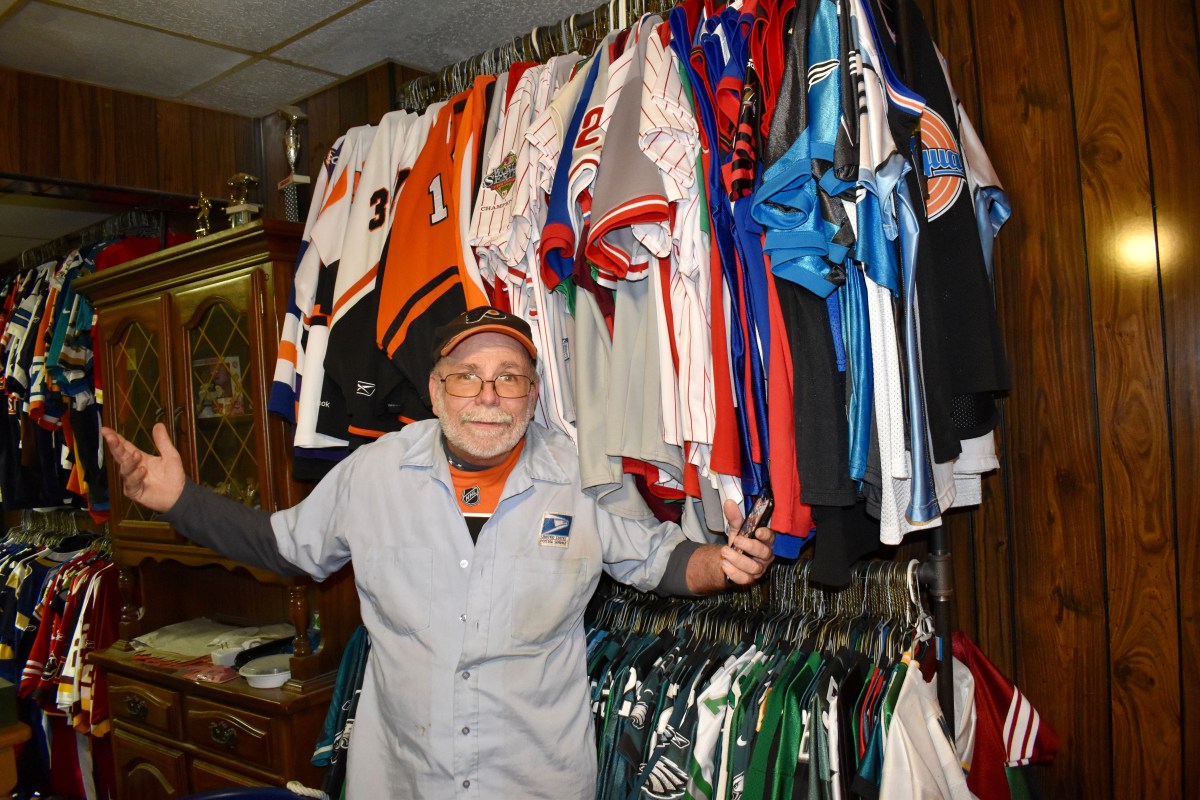BORACAY, Philippines (Reuters) – Struggling Filipino artist Alberto Nunez was looking for a change in fortunes this week, until news broke of a new COVID-19 variant, which scuppered government plans to loosen restrictions and dashed his hopes for a long-awaited boost in business.
The Philippines on Sunday backed out of a planned reopening to foreign tourists after 21 months of border restrictions, citing uncertainty over the risks posed by the new Omicron COVID-19 variant that has triggered global concern.
Nunez had sold paintings to tourists on the island of Boracay for over 17 years, typically earning $600 a week before the pandemic. Now, he says he’s lucky to take home $100.
“When I heard the news that the entry of foreign tourists was suspended, I was dismayed since our market isn’t that strong yet,” said Nunez.
The Philippines has been one of the worst-affected countries in Asia by the coronavirus, with 2.8 million cases, 48,000 deaths and an economy that contracted 9.5% last year.
Though average new daily infections have fallen sharply to 1,644 in November from 18,579 in September, the vaccination rate remains low, with just over two-thirds of the population inoculated.
Boracay, famous for its white sands and stunning green waters, had benefited from a relaxation of rules to allow more domestic travel, but Nunez fears that might be short-lived.
“I am also worried after hearing the news about the new variant and that we may go into lockdown again,” he said.
“That will really affect us, we may lose our livelihood again.”
(Writing by Adrian Portugal and Martin Petty; Editing by Bernadette Baum)

